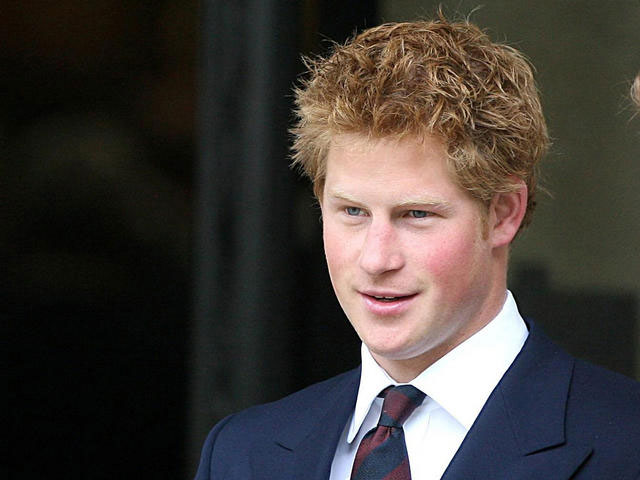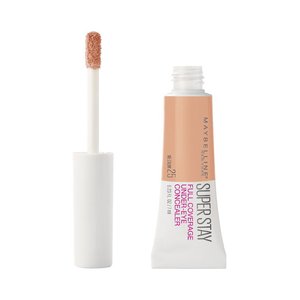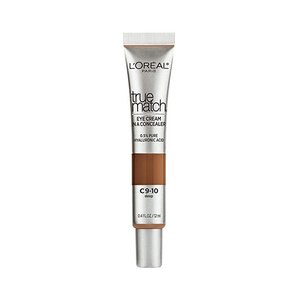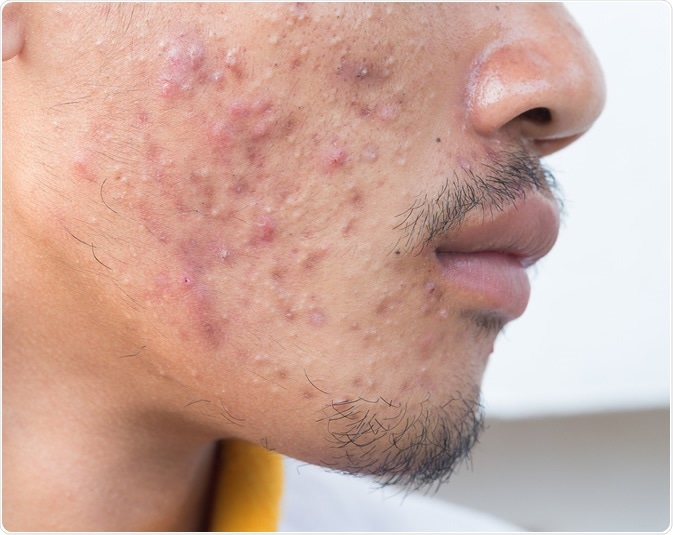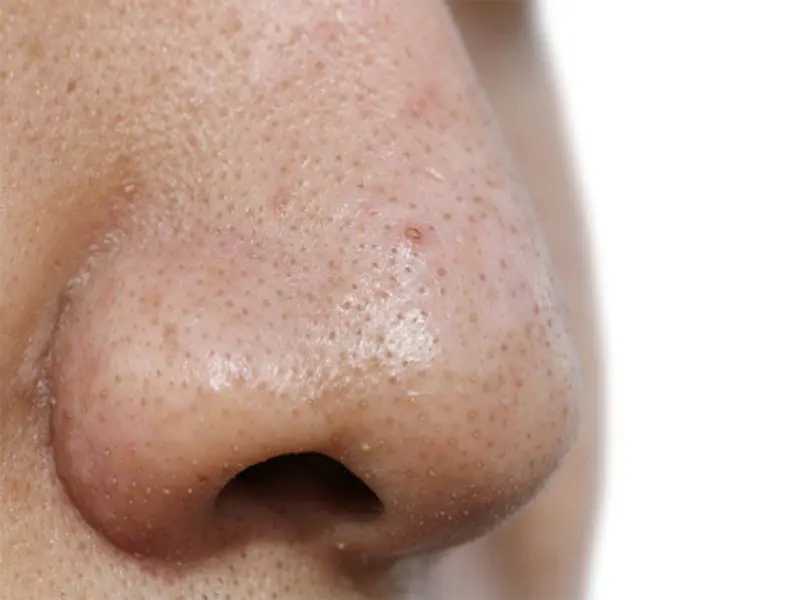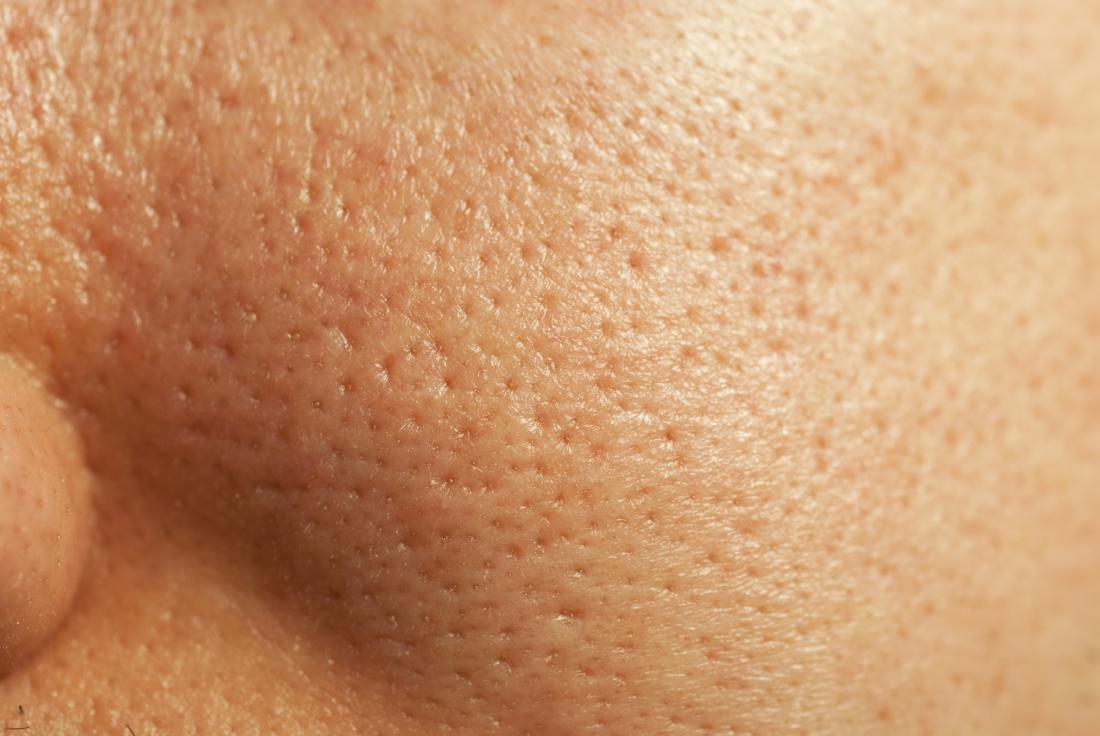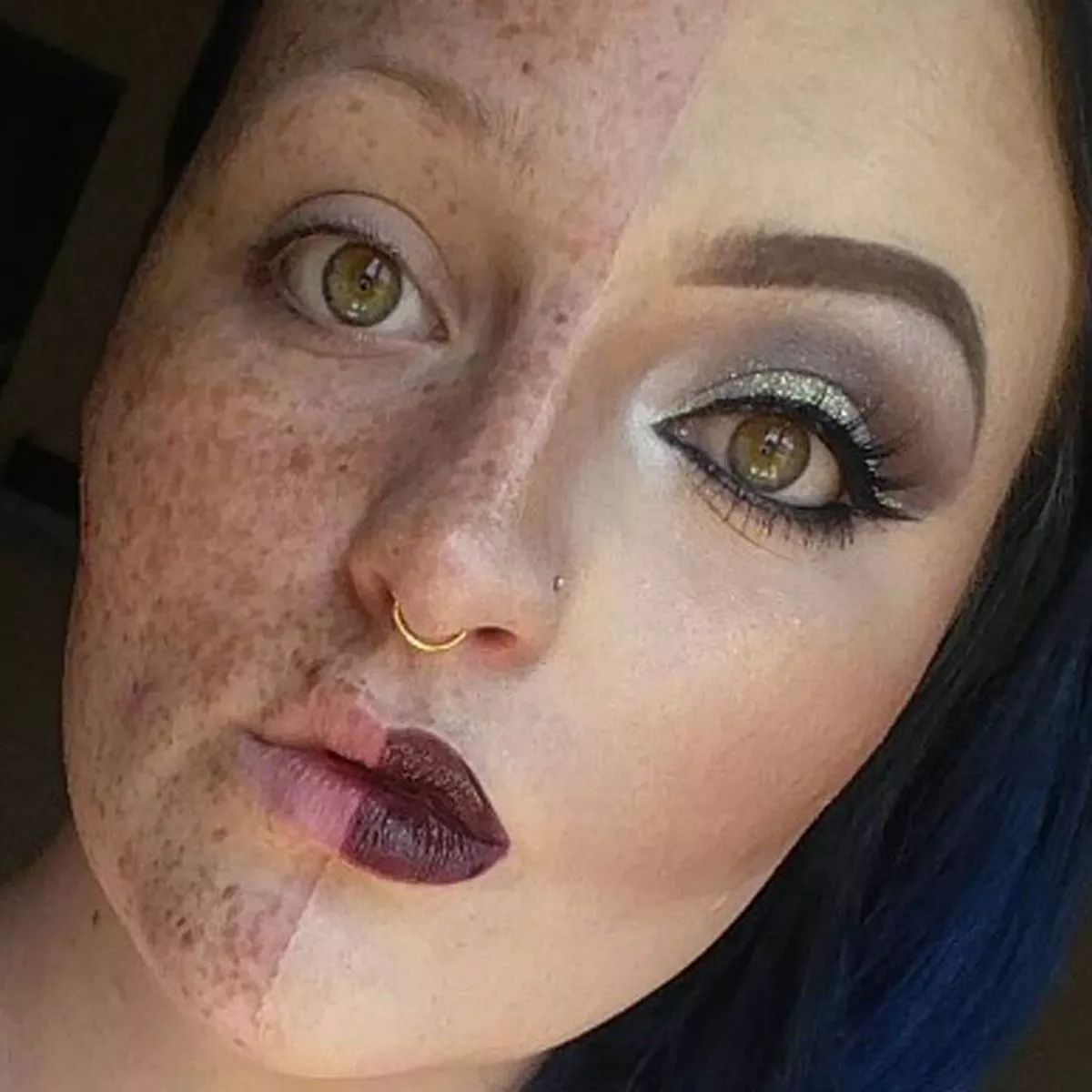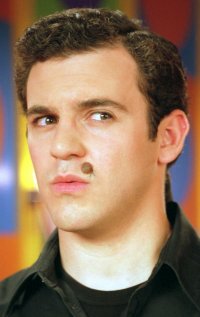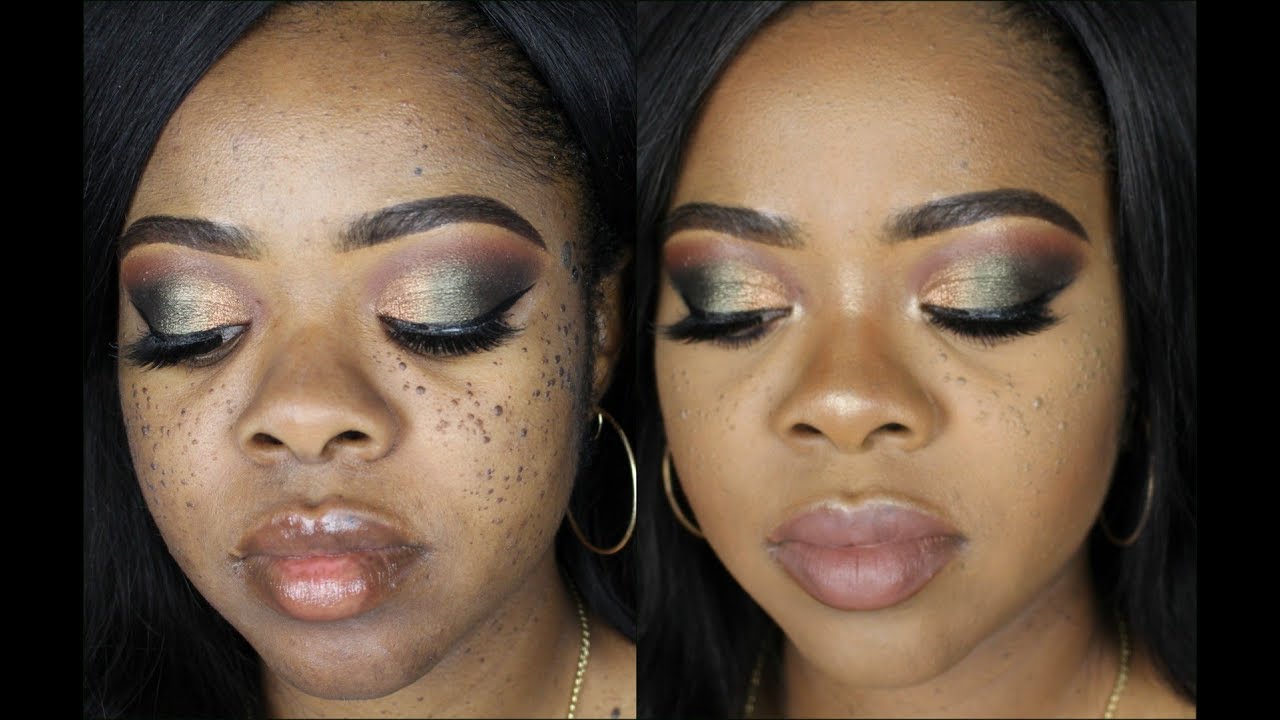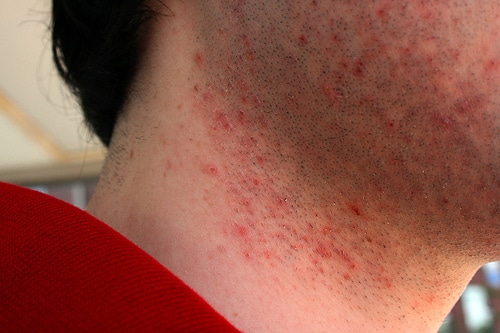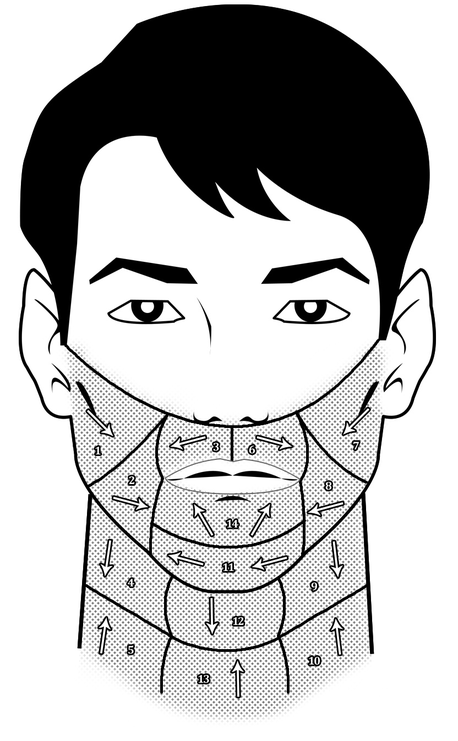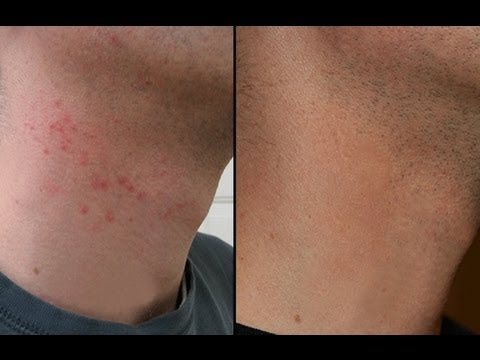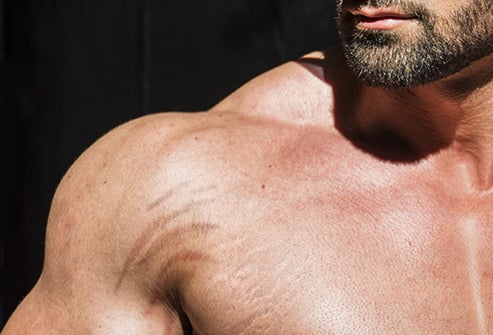Lorsss
Username: Lorsss
- Joined
- Sep 19, 2018
- Posts
- 10,725
- Reputation
- 18,987
@Prettyboy
Let me add an important detail.
I noticed all products for shaving facial hair, precisely shaving foams, shaving soaps and after-shave balms, contain comedogenic products such as stearic acid [1]. Most of oils, which are chemically known as fatty acids, have the ability of clogging one's pores once they are applied on skin and oils in shaving products have this clogging ability
Let me add an important detail.
I noticed all products for shaving facial hair, precisely shaving foams, shaving soaps and after-shave balms, contain comedogenic products such as stearic acid [1]. Most of oils, which are chemically known as fatty acids, have the ability of clogging one's pores once they are applied on skin and oils in shaving products have this clogging ability




